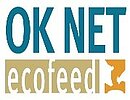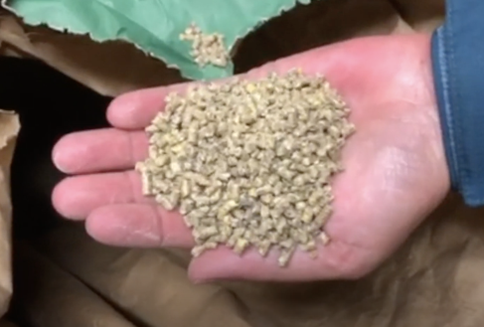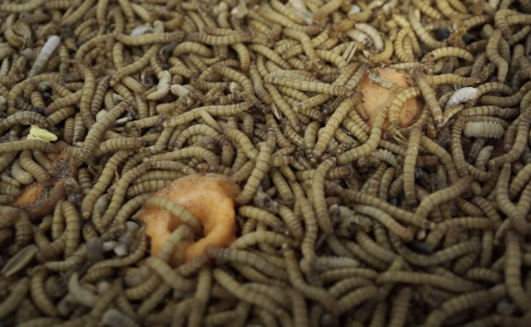Feeding insects for organic layers
Problem
A key challenge remains to achieve organic and sustainable monogastric feeding strategies: meeting their protein and essential amino acid needs with locally sourced feedstuffs.
Solution
Feeding of insects offers new possibilities to overcome the protein gap in organic farming. Insect feeds offer a sustainable and local alternative to commonly used protein feed sources.
Benefits
Live insects and larval meal can replace soy in feed rations. The amino acid profile of insects corresponds to the dietary needs of fish, poultry or swine animals, especially relating to amino acids like lysine, threonine, methionine, and tryptophan.
Applicability box
Geographical coverage
Organic laying hen operations
Application time
All-year-round in animal feeding
Period of impact
Permanent
Equipment
No special equipment required for feeding pur-chased insects or larval meal. Specialised equip-ment required for on-farm insect production
Best in
Monogastric animals, trial application done with laying hens
Restrictions
Larval meal (Fig. 1) is not permitted – only live in-sects (Fig. 2)
Practical Recommendations
- Processed insect protein legally belongs to the group of ‘animal proteins’ and is currently not permitted in livestock feed; however, this legislsation does not apply to the feeding of live insects, as this is not a processed feed.
- Due the high fat content of the live larvae or worms there is an upper limit, which cannot be determined at present with the available results from the feeding trail.
- Feeding live mealworms (Tenebrio) (Fig. 2) to laying hens does not reduce aggressive behaviour (based on results of a FiBL trial, where hens received 10 g of live mealworms per day).
Further information
Video- Check the following video, Feeding insects for organic layers (OK-Net EcoFeed) for further instructions (Video in English with German and French subtitles). It served as a basis for this practice abstract.
- Check the Organic Farm Knowledge platform for more practical recommendations.
About this practice abstract and OK-Net EcoFeed
Publishers:Research Institute of Organic Agriculture (FiBL),
CH5070Frick,
Phone +41 62 865 72 72,
info.suisse@fibl.org,
www.fibl.orgIFOAM Organics Europe,
BE1000Brussels,
Phone +32 2 280 12 23,
www.organicseurope.bio,
www.organicseurope.bio
Review: Lauren Dietemann, FiBL, CH, and Lindsay Whistance, Organic Reesearch Centre Elm Farm, UK
Contact: barbara.frueh@fibl.org
Permalink: https://organic-farmknowledge.org/tool/38429
https://orgprints.org/view/projects/OKNetEcoFeed.html
This practice abstract was elaborated in the Organic Knowledge Network on Monogastric Animal Feed project. The project is running from January 2018 to December 2020. The overall aim of OKNet EcoFeed is to help farmers, breeders and the organic feed processing industry in achieving the goal of 100% use of organic and regional feed for monogastrics.
Project website: https://ok-net-ecofeed.eu/
IFOAM Organics Europe (project coordinator), BE; Aarhus University (ICROFS), DK; Organic Research Centre (ORC), UK; Institut Technique de l'Agriculture Biologique (ITAB), FR; Research Institute of Organic Agriculture (FiBL), CH; Bioland, DE; Associazione Italiana perl'Agricoltura Biologica (AIAB), IT; Donau Soja DS, AT; Swedish University of Agricultural Sciences, SE; ECOVALIA, ES; Soil Association, UK.

This project has received funding from the European Union’s Horizon 2020 research and innovation programme under grant agreement No 773911. This communication only reflects the author’s view. The Research Executive Agency is not responsible for any use that may be made of the information provided. The authors and editors do not assume responsibility or liability for any possible factual inaccuracies or damage resulting from the application of the recommendations in this practice abstract

